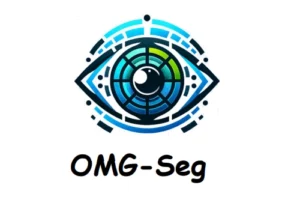Revolutionary Animation Innovation, Seamlessly Bring Any Character to Life in Crisp, Stable Video through Animate Anyone.
Researchers Li Hu, Xin Gao, Peng Zhang, Ke Sun, Bang Zhang, Liefeng Bo from Institute for Intelligent Computing, Alibaba Group are the pioneers of this creative research.
Animate Anyone has the capability to animate any source character image into a realistic video according to the end user’s desired movement and posture. It extracted the required details necessary to generate videos such as facial expression and posture from the image. The generated movements are smooth and consistent.

The model Animate Anyone takes character photo as an input and generates output in form of animated video, maintaining the controllability and continuity in the poses. The generated video is uniform and consistent in sequence appearance.
Prior Researches
The success of diffusion models in text-to-image applications has prompted extensive research in text-to-video, where the model structure draws inspiration from text-to-image models. The approaches of text-to-video was also applied in the image-to-video models such as VideoComposer and AnimateDiff. VideoCrafter has also embedded visual and textual feature from CLIP. Nevertheless, these methods encounter difficulties in achieving consistent generation of human videos, and the exploration of integrating image condition input remains an area necessitating additional investigation. The videos produced continue to display challenges, including local distortions, blurred details, semantic inconsistencies, and temporal instability.
Sneak Peak of Animate Anyone
Keep above mentioned challenges, researchers started exploring image-to-video by utilizing the structure of diffusion models and their pre-trained robust generative capabilities. Animate Anyone is one of the finest model compared to other image-to-video models. It adeptly preserves the consistency of character appearance both spatially and temporally within videos and produces HD videos with extreme smoothness. It has the ability to animate any character image into a video without limitations based on specific domains i.e. imaginary or real life characters.
Methodology
Pretrained weights from Stable Diffusion (SD) and network structure was adopted whereas, UNet was adapted to support multi-frame inputs. To tackle the issue of preserving appearance consistency, ReferenceNet was presented, a purpose-built symmetrical UNet structure tailored to capture spatial details from the reference image.
For precise pose control, streamlined pose guider was created to seamlessly incorporate pose signals into the denoising process. To maintain temporal stability, temporal layer was introduced that captures relationships across multiple frames, preserving high-resolution visual details while simulating a continuous and fluid temporal motion process.

The application of this model can be seen in the fields of E-commerce, video streaming, creative expression and virtual reality. The research is easily available on Arxiv and code is available on GitHub. An interactive video is available on YouTube for further demonstration.
Dataset and Evaluation
The model was trained on an internal dataset of 5K character video clips. Two specific human video synthesis benchmarks were used for evaluation that is UBC fashion video dataset and TikTok dataset. Animate Anyone was also compared with the generative image-to-video approaches trained on large-scale data.
The qualitative and quantitative comparison shows that Animate Anyone can produce high-definition and lifelike character details, ensuring temporal consistency with the reference images even during significant motion and displaying continuous transitions between frames.
Wrap Up
Animate Anyone acts as a fundamental method, offering the prospect of future expansion into diverse image-to-video applications. It is not only confined to general character animation but it surpasses current methods in targeted benchmarks as well.
Referencs
Similar Posts
-
Chinese Company DeepSeek Releases DeepSeek-Coder a LLM for Code Generation

-
Alibaba’s Mobile-Agent: A Smart Mobile Assistant
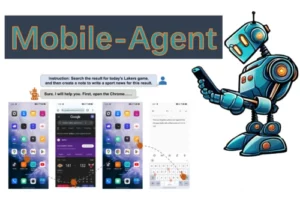
-
Grounded SAM: A Unified Model for Diverse Visual Tasks
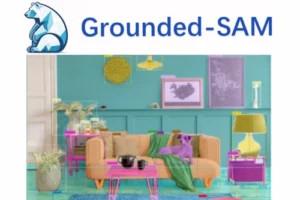
-
Gaussian Head Avatar: High Quality Head Avatar Generator
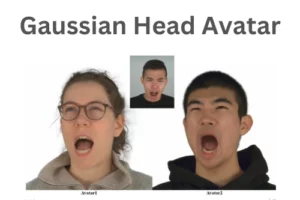
-
Google DeepMind’s AlphaGeometry: Without Assistance Solving Olympiad Geometry Problems
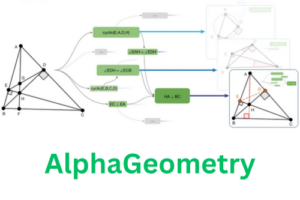
-
OMG-Seg: A Unified Segmentation Model
